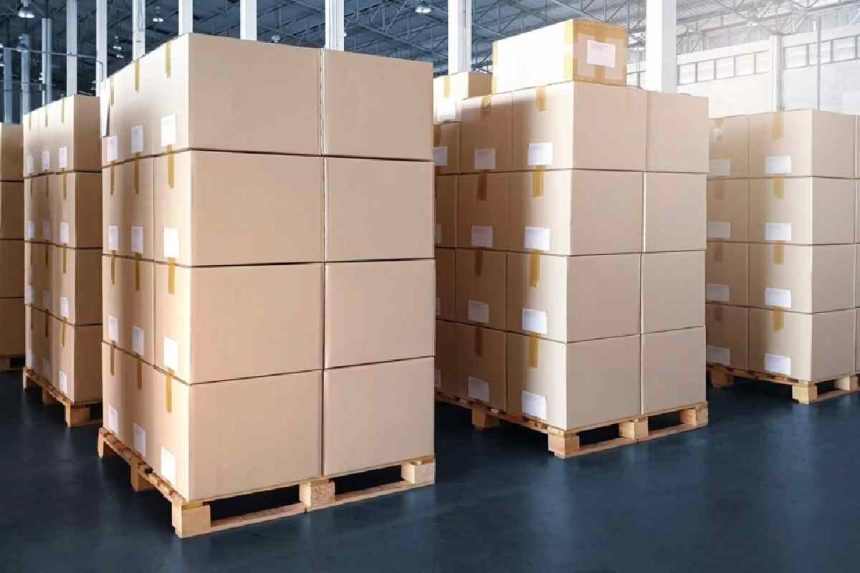A simple guide to pallet shipping – Welcome to the world of pallet shipping. If you own or operate a business that frequently transports large volumes, chances are good that you already understand their importance in the transportation industry. However, for someone new to logistics and shipping, navigating the complexity of pallet shipping may seem daunting. Understanding different types of pallets to navigating various rules and regulations are just two aspects of successfully shipping products with pallets, yet this blog post serves as your ultimate guide for demystifying pallet shipping in an informative yet engaging manner. So, get ready to become an expert in all things related to pallet shipping.
Pallet Shipping Benefits
Pallet shipping is an efficient method for transporting large volumes of goods over long distances and comes with numerous advantages. Primarily, pallet shipping saves both time and money. Consolidating products onto pallets can streamline loading/unloading operations for businesses and reduce transportation costs significantly by bundling goods together to minimize trips taken for transporting them all at once. As it can save both resources at once, pallet shipping makes an effective tool for businesses aiming to optimize their shipping processes.
Types of Pallets
When it comes to shipping goods, choosing the appropriate pallet can make all the difference. With such a range of sizes and materials available to choose from, it may seem daunting when attempting to select which is the most suited option for your needs. Wooden pallets tend to be the most cost-effective and widely used option, while plastic and aluminum/steel ones provide specific advantages, such as being more hygienic. Ultimately it is important to take into consideration factors like weight, durability, and regulations that govern your shipment when choosing which pallet. This will ensure its safe arrival at its final destination safely and securely.
How to Properly Package Items
When it comes to pallet shipping, it is crucial that items arrive safely at their destinations. Begin by choosing a sturdy pallet capable of bearing your load. Lay down cardboard or plastic wrap as protection from dust and debris before stacking evenly according to the maximum weight limit for the pallet. Use shrink wrap and banding as necessary to prevent shifting during transport before labeling clearly with shipping labels/markings clearly for easy identification. Taking time and care with packaging your items can save costly damages or losses during transport.
Selecting an Appropriate Carrier
Finding an appropriate carrier for your shipment can be challenging, but choosing one is essential to ensuring it arrives on time and undamaged. Transport carriers differ significantly in terms of their transit times, tracking capabilities, insurance options, and rates. Therefore, you must carefully research each one to find one that best fits your individual requirements. Shiply, for instance, offers expertise in transporting oversized goods. Others provide expedited services for time-sensitive freight. Your carrier choice should align with both your budget and delivery needs while offering reliable service. Take the time to compare rates and services before making your selection with confidence and have peace of mind knowing your cargo is being cared for safely.
Tips for Saving Money
Shipping pallets can be costly for businesses that ship items regularly. Yet, there are ways to cut costs without compromising quality. One such strategy is bundling multiple shipments onto one pallet, which reduces individual pallet fees and transportation costs. Groupage allows businesses with high volumes of small orders to combine orders into one shipment at once for even more savings.


